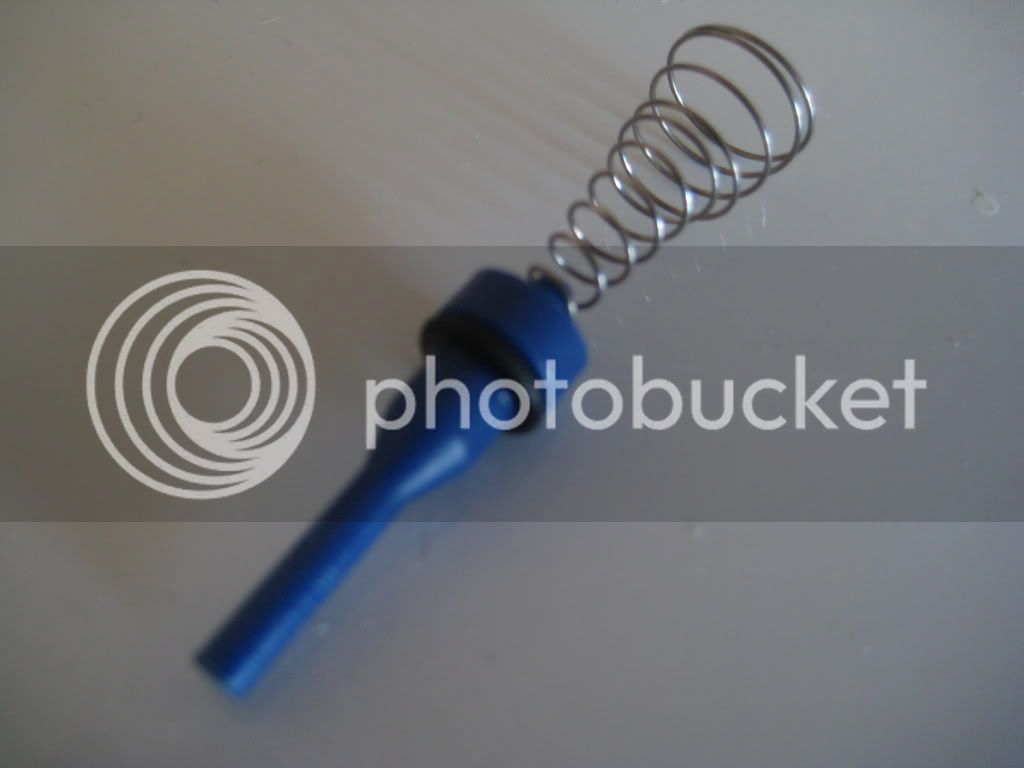PistolPatch
Well-Known Member
- Joined
- 29/11/05
- Messages
- 2,717
- Reaction score
- 44
I’m fastidious in my cleanliness but I have had what I think is a bacterial acetyldehyde infection for what must be, embarrassingly, almost 2 years now. We all have different palates and mine can’t stand this infection while other brewers don’t find it offensive. (I entered the least worst beer I had at the time – a Munich Dunkell - in Royal Perth Beer Show only so as I could get a ticket to exhibitor’s tasting and it got a bronze!)
There have been a few brewers on this forum (including very experienced ones) who have had these infections from hell. Heard of another experienced brewer tonight unfortunately. The worst case I know resulted in 1500lts of undrinkable beer over a very long period. The culprit? Well, that one was a kettle ball-valve. No matter how clean ball-valves smell, you don’t know until you pull them apart completely.
Later in this thread, I might go into the stupid mistakes I made in trying to source the problem, the difficulties I had in even identifying it and a few of the steps I actually did do correctly. A lot of the frustrating process I went through was caused by a simple stroke of bad luck at the beginning but in hindsight, I could have found the problem a hell of a lot faster if I had an easy to follow check-list. It has been a ******* to find though.*
I’ll whack a post in directly below this one with the beginnings of a check-list. It is pretty much a copy of a post I wrote recently.
[Someone else wrote a check-list in the last day or so on a similar topic that was very good. (I can’t look it up now though as my internet is buggered and I have to get a technician out apparently so any posts I do now are by my using my mobile phone as a modem!) Hopefully this person will see this thread and add to the list in Post #2.]
Feel free to add to the list I will start below no matter how stupid or obvious your suggestion is. I will clean the list up as the thread progresses and then prioritise it. I hope that this thread might result in a nice check-list we can put it in the articles section of AHB.
Spot!
Pat
*I’ll add my culprit to the list later when my internet is working properly . I doubt it will appear on the list because it surprised the hell out of me! (Fingers crossed it is what I think it is otherwise I am never brewing again!!!)
There have been a few brewers on this forum (including very experienced ones) who have had these infections from hell. Heard of another experienced brewer tonight unfortunately. The worst case I know resulted in 1500lts of undrinkable beer over a very long period. The culprit? Well, that one was a kettle ball-valve. No matter how clean ball-valves smell, you don’t know until you pull them apart completely.
Later in this thread, I might go into the stupid mistakes I made in trying to source the problem, the difficulties I had in even identifying it and a few of the steps I actually did do correctly. A lot of the frustrating process I went through was caused by a simple stroke of bad luck at the beginning but in hindsight, I could have found the problem a hell of a lot faster if I had an easy to follow check-list. It has been a ******* to find though.*
I’ll whack a post in directly below this one with the beginnings of a check-list. It is pretty much a copy of a post I wrote recently.
[Someone else wrote a check-list in the last day or so on a similar topic that was very good. (I can’t look it up now though as my internet is buggered and I have to get a technician out apparently so any posts I do now are by my using my mobile phone as a modem!) Hopefully this person will see this thread and add to the list in Post #2.]
Feel free to add to the list I will start below no matter how stupid or obvious your suggestion is. I will clean the list up as the thread progresses and then prioritise it. I hope that this thread might result in a nice check-list we can put it in the articles section of AHB.
Spot!
Pat
*I’ll add my culprit to the list later when my internet is working properly . I doubt it will appear on the list because it surprised the hell out of me! (Fingers crossed it is what I think it is otherwise I am never brewing again!!!)





